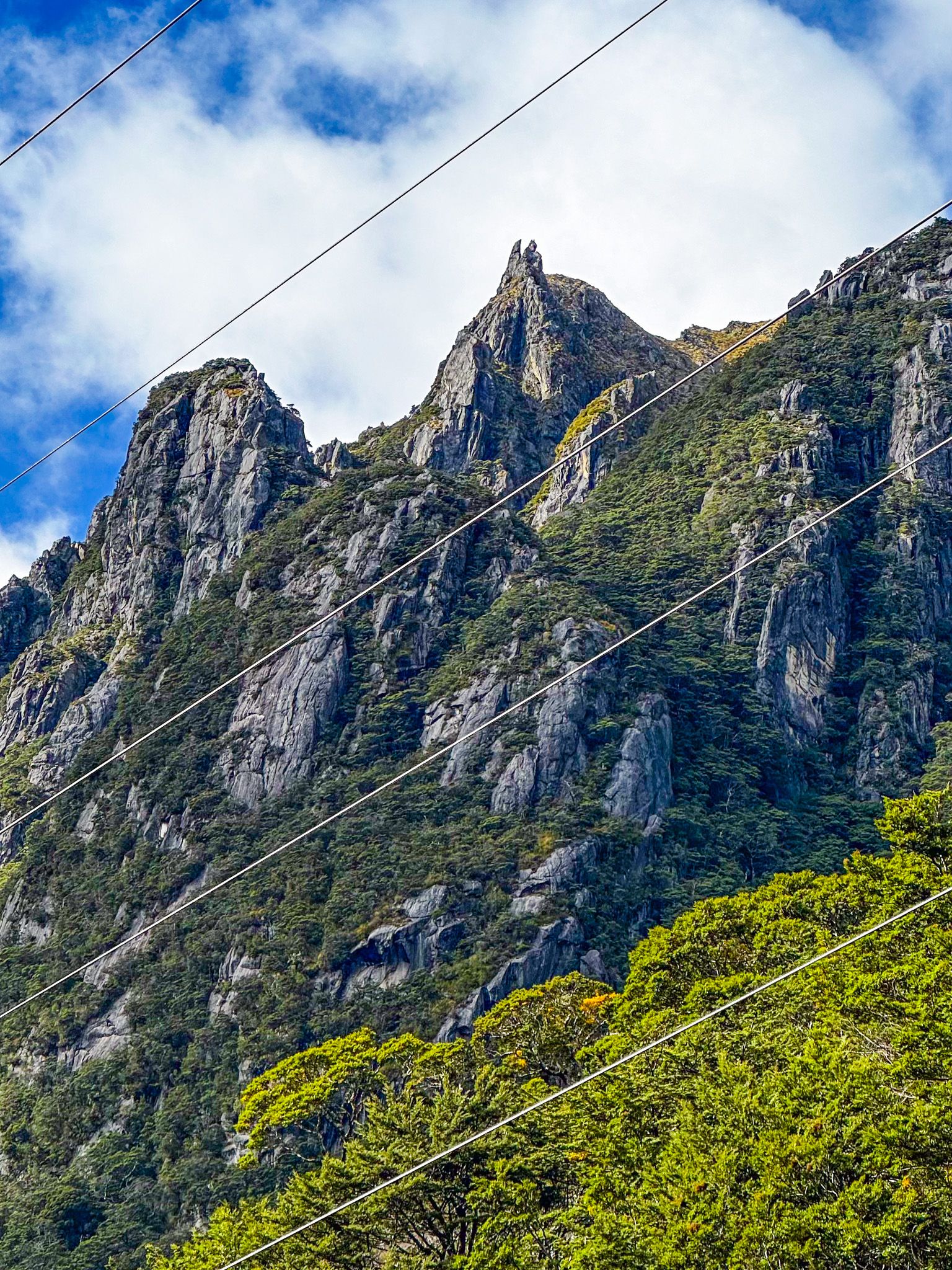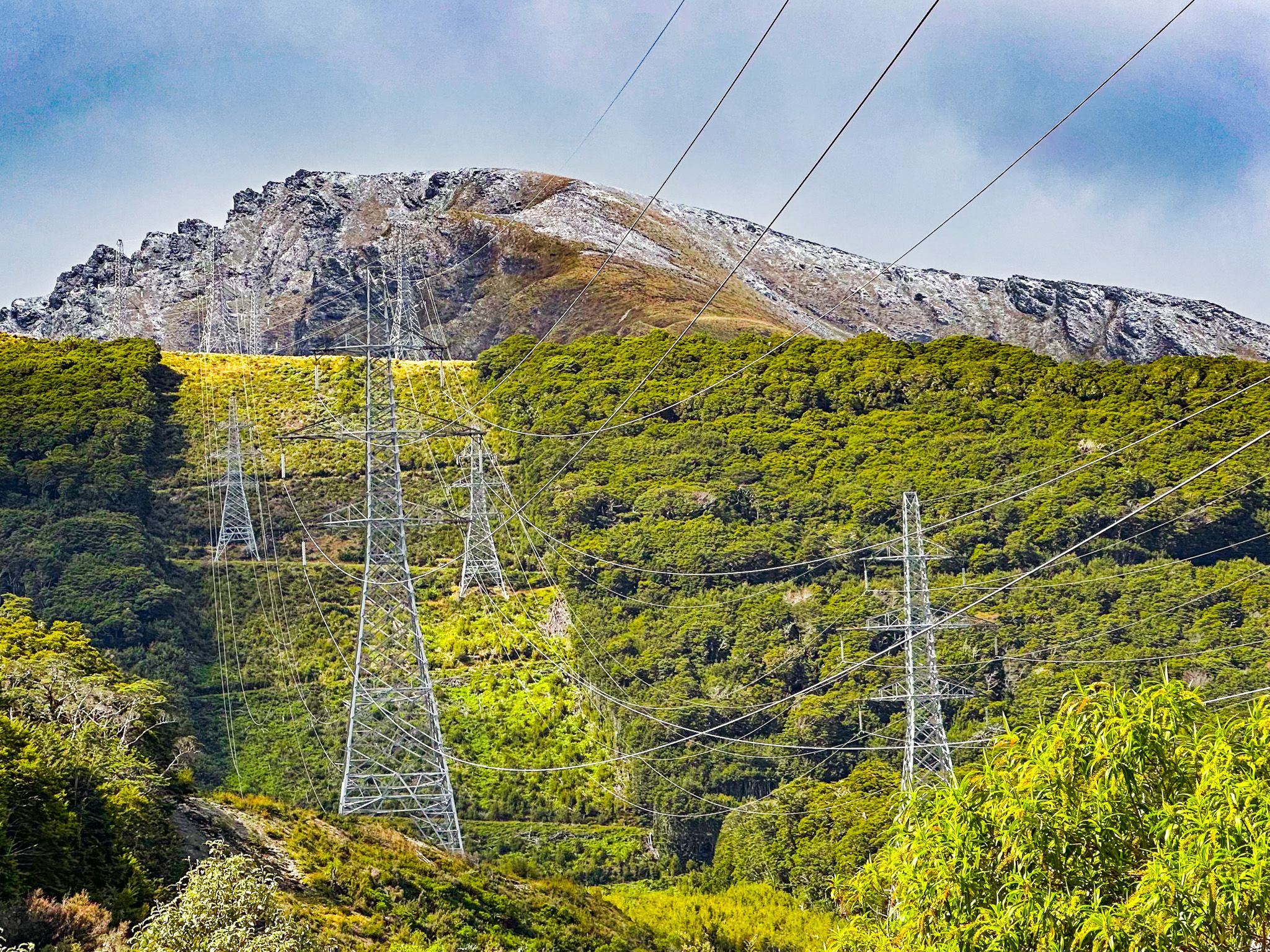Discovering Borland Road in Fiordland National Park
Borland Road offers a scenic and remote journey into Fiordland National Park, in a remote part of Fiordland, between Manapouri and Tuatapere. It provides a unique experience for those seeking to explore lesser-known areas by car. This gravel road, suitable for standard cars up to the Grebe Valley Lookout, winds through narrow sections, offering breathtaking views of the surrounding landscapes.
Journey Along Borland Road
Borland Road starts from Monowai Road. The road starts amongst open fields with views of peaks like Mount Titiroa in the Hunter Mountains and Mount Eldrig. The road passes Borland Lodge and the entrance to the Borland Nature Walk, an easy and attractive walk near the Fiordland National Park entrance. This walk also connects to the South Borland Track, which follows the Borland Burn.
The road then ascends gradually through a beech forest, passing the turn-off to the Eldrig Peak Track and the west end of the South Borland Track. It then continues up a steep valley carved by the Borland Burn South Branch.
Despite the presence of power pylons linked to the Lake Manapouri Power Station, the road offers stunning views of peaks and forests. After 19.5 km, Borland Saddle provides vistas and access to the short but rewarding Mount Burns Tops Track. A short drive from the saddle leads to the Grebe Valley Lookout. Along the way, you'll find the access road for the Green Lake Track, a two-day hike to Lake Monowai. Beyond the Grebe Valley Lookout, a 4WD is necessary.
Historical Context for Hydroelectricity
Borland Road was constructed to support the Manapouri Hydroelectric Scheme, which lies between Lake Manapouri's west side and Deep Cove in Doubtful Sound / Patea. This road provided access for the scheme’s power pylons deep into Fiordland National Park. The development of the power station began in 1963 with a workers' camp, now Borland Lodge and an education and accommodation complex. Today, the power company maintains the road to support the pylons,
Historically, Māori also used the valley as a route into the Grebe Valley, a rich food source area. Today, the region is home to 45 bird species.
Practical Information and Access
During Winter, the road is closed from the Eldrig Peak Track access. Throughout the year, the road from the Grebe Valley Lookout is also prone to closure. Always Check for alerts on the day of your visit to ensure access.
How to Get There
To access Borland Road, start from the Southern Scenic Highway at Brunel Peaks and take Lake Monowai Road. At the intersection with Borland Road, head west on Borland Road.
To explore more of Fiordland National Park, visit nearby Lake Monowai and walk the short Monowai Lookout Track, or take the Green Lake Track for a longer hiking adventure. Another remote option into the park is a drive to Lake Hauroko, from further south on the Southern Scenic Route.





















